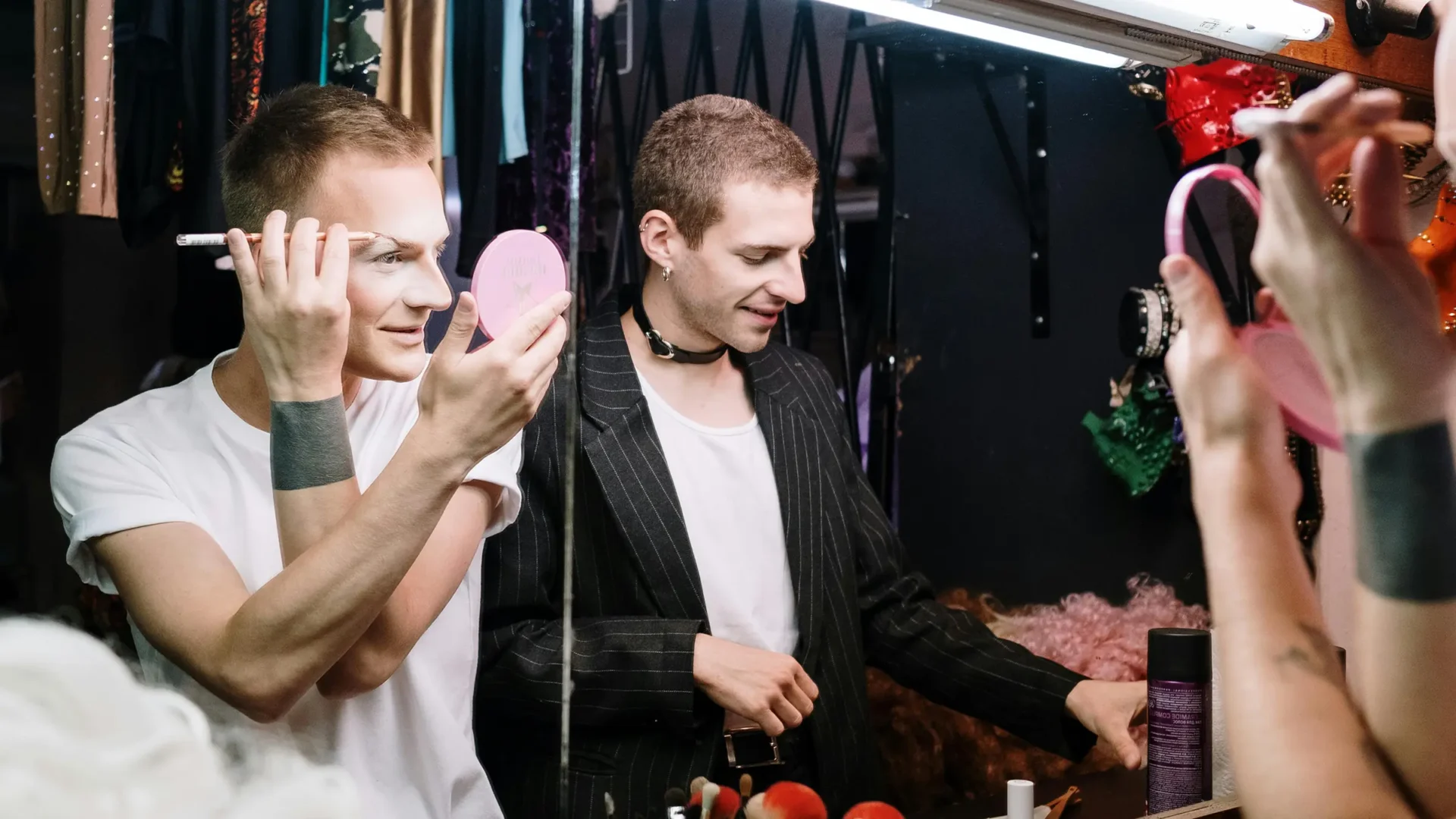Gender Expression
The outward presentation of a person's gender through clothing, behavior, hairstyle, voice, and other expressive cues.
Gender expression refers to the external manifestation of an individual’s gender identity through behavior, clothing, hairstyle, voice, and other forms of presentation. It is how a person chooses to communicate their gender to the world, which may or may not align with societal norms or expectations associated with their assigned sex at birth. Unlike gender identity, which is an internal understanding of oneself as male, female, a blend of both, or neither, gender expression is visible and can vary greatly among individuals. Additionally, it is distinct from sexual orientation, which pertains to whom an individual is attracted to emotionally, romantically, or sexually. While gender expression is about outward appearances and behaviors related to gender, sexual orientation is about attraction and relationships.
The way a person expresses their gender can significantly impact their experience within various contexts or with specific designs, especially if there is a misalignment between their expression and societal expectations. For instance, in environments where traditional gender norms are strictly enforced, individuals whose gender expression does not conform to these norms may face discrimination, exclusion, or discomfort. This misalignment can lead to negative experiences, such as feeling unsafe or unwelcome. Similarly, design that fails to consider diverse gender expressions can alienate users. For example, assisted living communities that only provide activities stereotypically aligned with binary gender roles may not cater to residents with diverse gender expressions, impacting their sense of belonging and comfort. Inclusive design, on the other hand, acknowledges and accommodates a wide range of gender expressions, promoting a more supportive and positive experience for all users.
Examples of Gender Expression
- Wearing makeup or choosing not to wear makeup
- Dressing in traditionally masculine, feminine, or gender-neutral clothing
- Styling hair in a way that aligns with one’s gender identity
- Using accessories like jewelry, hats, or scarves to express gender
- Adopting body language and mannerisms that reflect one’s gender identity
- Masculine presentation
- Feminine style
- Androgynous look
- Non-conforming dress
Sources
Business
Suar, D., & Gochhayat, J. (2016). Influence of Biological Sex and Gender Roles on Ethicality. Journal of Business Ethics, 134(2), 199-208.
Humanities
Gamble, N. K., & Pruski, M. (2018). Teleology and Defining Sex. New Bioethics, 24(2), 176-189.
Law
Frye, P. R. (2000). The international bill of gender rights vs. the cider house rules: transgenders struggle with the courts over what clothing they are allowed to wear on the job, which restroom they are allowed to use on the job, their rights to marry, and the very definition of their sex. William & Mary Journal of Women & the Law, 7(1), 133-216.
Organizations
Brabaw, K. (2019). Allosexual, Demisexual, Bicurious — & Other Sexualities You Need To Know. Retrieved September 4, 2019 from https://www.refinery29.com/en-us/sexual-orientation-types-of-sexualities
Sexuality Education Resource Centre MB, & Klinic Community Health Education. (n.d.). Teen Talk: Gender Identity. Retrieved September 10, 2019 from http://teentalk.ca/learn-about/gender-identity/
The Human Rights Campaign. (n.d.). Glossary of Terms. Retrieved October 27, 2019 from https://www.hrc.org/resources/glossary-of-terms
